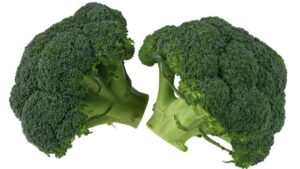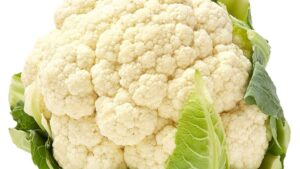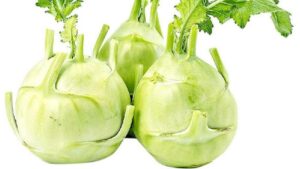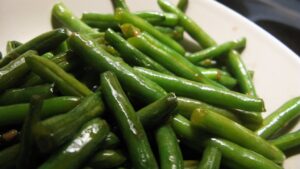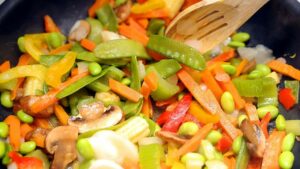Cabbage or patta gobhi, a nutrition-packed kin to cauliflower and broccoli, is a member of brassica family. Cabbage is a humble vegetable, the expanse of which in Indian cuisines is as vast and various as imaginable.
The layers of crunchy, green leaves cuddled together create a magic spell of curiosity about “what’s coming next”.
The same level of curiosity and excitement lingers about the types of dishes having a pompous presence of cabbage.
In this blog, we will give you a generous glimpse of gourmet food that can be prepared with this lovely leafy vegetable
Use of Cabbage in Indian Cuisines
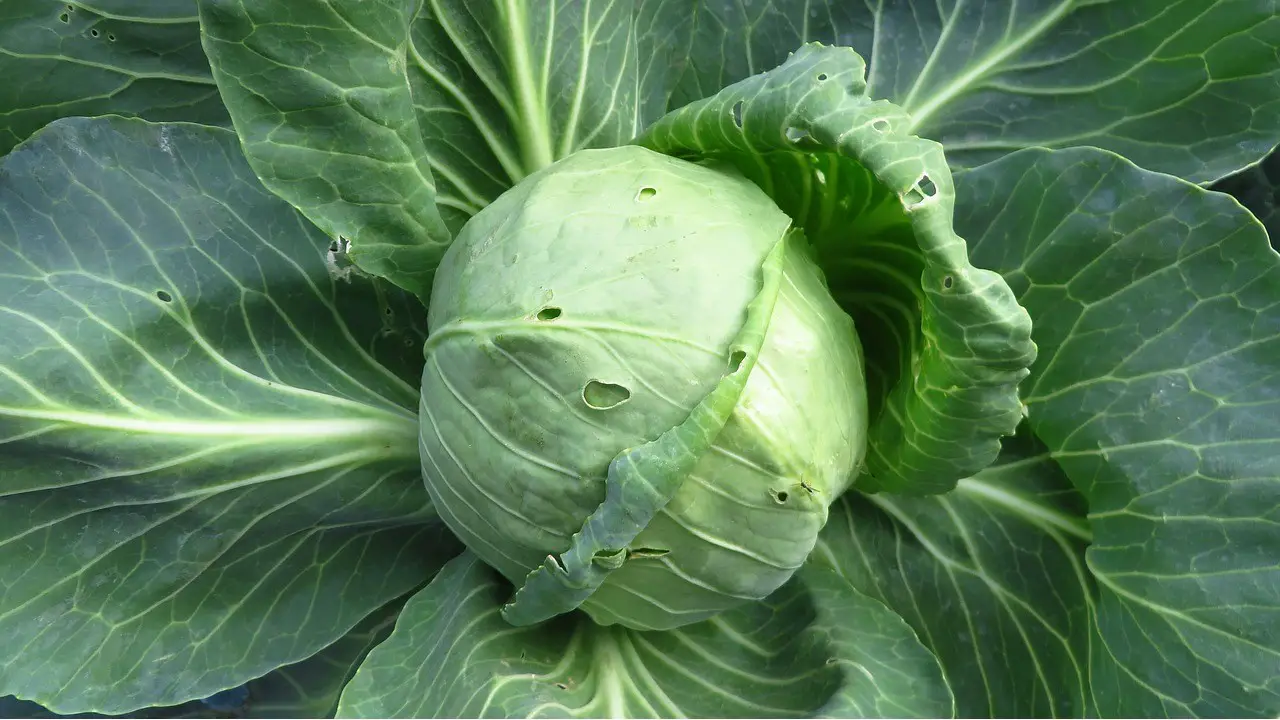
Indian cuisine is like a vast ocean that has gracefully incorporated some exotic dishes into its fold and given them interesting ‘desi’ twists to make them look like our very own.
Cabbage is a decent vegetable used to whip up a long list of delicacies from no-fussy salads to quick sandwiches to full-course meals.
Yes, some continental cabbage dishes have got a decent Indianized makeover and the outcomes are lip-smacking.
In Bengali cuisines, cabbage is mostly used for curries – both veg and non-veg types. In Bengali, cabbage is called bandhakopi.
The leafy layers of cabbage look bundled together and thus, it has got the name. Niramish bandhakopir tarkari is a decent preparation with finely shredded cabbage, small cubes of potatoes and bari (dried lentil dumpling).
Along with some basic spices, panch phoron is also used as a flavour enhancer. Some home chefs use ghee towards the end of the cooking to make the curry more flavoursome.
Amish chorchori is a Bong specialty that seeks a flavourful marriage between fish and vegetable.
Cabbage cooked with the fried fish heads is a divine delicacy and a traditional dish still served at many auspicious occasions.
The swap of flavours between cabbage and fish heads creates a WOW moment every time you relish the dish. Whether veg or non-veg, the Bong-style cabbage preparation uses sliced ginger and no onion and garlic.
However, I have tested the Bihari versions of cabbage curry that uses garlic, either chopped or paste.
Most Indians don’t mind snack attacks. It’s no wonder that cabbage pokora is a mouth-watering dish for them.
Smashed cabbages are mixed with basic spices, dipped into besan batter and deep fried in mustard oil.
These are almost like pyanji (onion pakora). Sprinkle chat masala over pokhara and serve them hot with sauce and steaming tea/coffee.
Cabbage sandwich is an exciting, light snack. Both cabbage pokora and cabbage sandwich are quick to make.
Cabbage sandwich is prepared with shredded cabbage, carrot and onion slices. You can use other vegetables of your choice as well as grapes and pomegranates.
Cabbage sandwiches, after they have got their Indian touch, explore and absorb the goodness of mashed boiled potatoes or boiled potato cubes.
You can have a cabbage sandwich for breakfast, lunch or even as snacks; the recipe satisfies your hunger while taking very good care of your health.
Bandhakopir dhoka! Ask a Bong about dhoka and he/she will tell how irresistible the recipe is. Dhoka is made with chana daal.
Bandhakopir dhoka is an innovative version of the original dish and uses mashed cabbage along with chana dal to create a thick mixture.
A variety of spices are added for both flavour and taste. Small or medium sized cubes are made from the mixture and fried.
These are either added to spicy curry or the gravy is poured over them. A plateful of rice will vanish in no time if served with a bowl of traditional or bandhakopir dhoka. The taste is beyond words!
Cabbage kofta is a recipe to relish with plain hot rice or roti. Shredded cabbage is mixed with chickpea flour, onion, red chilli powder, coriander powder, cumin powder and garam masala.
Small balls are made out of the mixture and shallow fried. These are then lazily cooked in the gravy of tomato and curd flavoured by some basic Indian spices.
Have you ever tried cabbage rolls? I bet you will never have more of it. Cabbage rolls can be veg or non-veg, depending on what goes in as filling.
Veg cabbage rolls soak the goodness of both cabbage and spinach. Cabbage leaves wrapping the spinach filling are either boiled in stew or baked in the oven to perfection. These rolls are served with tomato sauce poured over them.
Cabbage meat rolls exemplify the height of innovation in Indian cuisine. Cabbage leaves with minced meat filling are cooked in a flavoursome stock.
It is a light dish but the taste is such that you cannot help but crave for more. Cabbage rolls, both types, are great snacks to enjoy alone or serve to your guests as well.
Cabbage paratha – the soft, delicious meal on your breakfast table! Just imagine how much you will enjoy it with plain chutney or sauce.
A mixed stuffing of shredded cabbage, boiled potatoes, chopped onions and a host of spices in the paratha makes the dish so special and savoury that you won’t mind having it almost on every weekend.
India is a nation of pickles. There is hardly any vegetable that we, Indians, don’t make a pickle of.
Cabbage pickle is a wonderful recipe to add some tanginess to your meals. Cabbage paratha and cabbage pickle – well, the perfect recipe cooked in an Indian kitchen.
Got tired of the same cabbage curry? Try this one – Cabbage Poriyal. It is a quick-to-cook, fuss-free meal loaded with nutrients. In addition to cabbage, the recipe is rich in the goodness of both chana and urad dal.
How Does Cabbage Taste?
Cabbage has a mild, slightly sweet flavor with a crunchy texture when it is raw.
When cooked, cabbage becomes tender and its flavor becomes more pronounced, although it can become more bitter or sulfurous if it is overcooked.
Some people describe cooked cabbage as having a slightly nutty or earthy flavor, while others say it has a slightly sweet and savory taste.
The taste of cabbage can also vary depending on the variety of cabbage, the cooking method, and the season in which it is harvested.
How Do You Know When Cabbage is Cooked?
The cooking time for cabbage will depend on how it is being cooked and the size of the cabbage pieces. Here are some general guidelines to help you know when cabbage is cooked:
Boiling: Cabbage is cooked when it is tender when pierced with a fork or knife. This usually takes around 5-10 minutes for shredded cabbage and 10-15 minutes for wedges or halves.
Steaming: Cabbage is cooked when it is soft and tender when pierced with a fork. This usually takes around 10-15 minutes for wedges or halves.
Roasting: Cabbage is cooked when it is tender and caramelized around the edges. This usually takes around 30-40 minutes in a preheated oven at 400°F (200°C).
Stir-frying: Cabbage is cooked when it is slightly softened but still has some crunch. This usually takes around 3-5 minutes over high heat.
It’s always best to check the cabbage for doneness by piercing it with a fork or knife. If it is tender and easily pierced, then it is likely cooked.
How Many Types of Cabbage Dishes Are There?
There are numerous types of cabbage dishes, as cabbage is a versatile vegetable that can be cooked in a variety of ways.
Some popular cabbage dishes include coleslaw, sauerkraut, cabbage rolls, cabbage soup, stir-fried cabbage, roasted cabbage, stuffed cabbage, cabbage curry, and kimchi.
Cabbage is also commonly used in salads, stews, and casseroles. The ways to cook cabbage are limited only by one’s imagination and creativity in the kitchen.
What Goes Well with Cabbage?
Cabbage is a versatile vegetable that pairs well with many different flavors and ingredients. Here are some common foods that go well with cabbage:
Potatoes: Cabbage and potatoes are both hearty vegetables that can be boiled, mashed, or roasted together for a comforting side dish.
Carrots: Cabbage and carrots complement each other both in flavor and color. They can be grated together for a refreshing slaw or sautéed with other vegetables for a healthy side dish.
Garlic: The pungent flavor of garlic can add depth to cabbage dishes. Try sautéing minced garlic in olive oil and adding shredded cabbage for a simple yet flavorful side dish.
Soy sauce: Soy sauce can add an umami flavor to stir-fried cabbage dishes. Combine shredded cabbage with other vegetables and stir-fry with soy sauce and ginger for a quick and tasty meal.
Vinegar: Cabbage can be pickled with vinegar to make sauerkraut, or lightly dressed with a vinegar-based dressing in coleslaw. Vinegar can add a tangy and refreshing flavor to cabbage dishes.
Conclusion
Cabbage is a versatile and nutritious vegetable that has found its way into various Indian cuisines.
From simple salads to full-course meals, the uses of cabbage in Indian dishes are vast and diverse.
Whether it’s Bengali-style curries, Bihari-style curries, snack attacks like cabbage pakoras, sandwiches, or pickles, or even fusion recipes like cabbage rolls, cabbage koftas, and cabbage parathas, there is a cabbage dish for everyone.
Cabbage not only adds a unique flavor to these dishes but also provides a range of health benefits.
So go ahead and explore the various ways you can incorporate cabbage into your meals.

